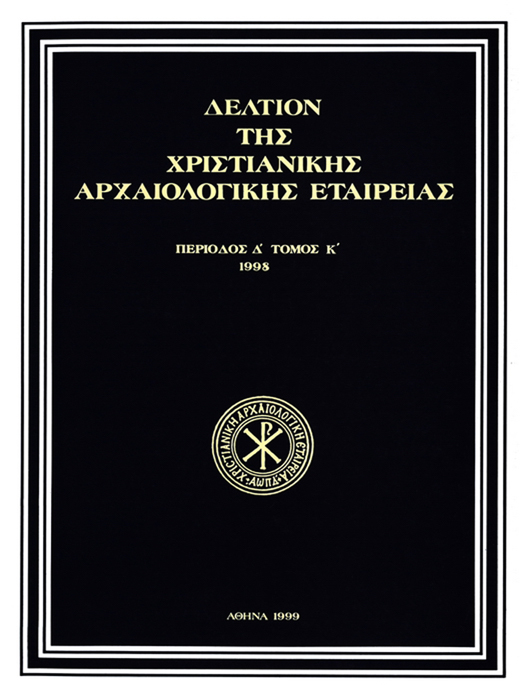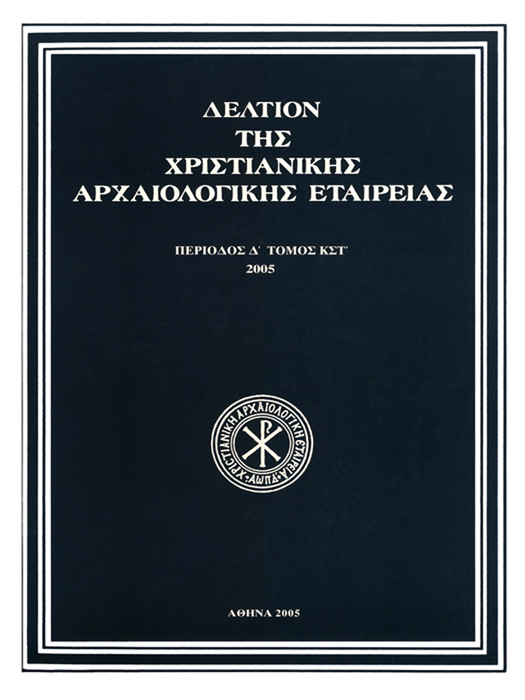From religious panel to the cult icon. A case from Epirus

Abstract
An icon kept at the church of the Nativity of the Virgin a former monastery at the village of Dramesioi near Ioannina is inscribed as the Virgin Lampovitissa. However, the icon virtually depicts the engagement of St. Catherine in the iconographic type of a Sacra Conversazione; the Virgin at the centre holds the Christ Child and is flanked by two female saints, St. Catherine on her right and possibly St. Barbara on her left. At the lower register of the icon, an ex-voto representation of either a family or members of a confraternity are shown under a chalice with the ostia. The portable icon painted in the Western fashion of the Late Gothic style can be dated by its features approximately around 1500 and is the product of a Polish painting workshop. The stylistic analysis apart, special emphasis is given to other important factors, such as the parameter of acceptance of this unusual iconographic subject and the mechanisms of assimilation of this icon by its Orthodox congregation. At the same time, the examination of the historical circumstances shed some light on how such an artwork might have ended up at a village Dramesioi near Ioannina by the end of the 17th century.
Article Details
- How to Cite
-
ΤΡΙΑΝΤΑΦΥΛΛΟΠΟΥΛΟΣ Δ. Δ. (1999). From religious panel to the cult icon. A case from Epirus. Deltion of the Christian Archaeological Society, 20, 351–364. https://doi.org/10.12681/dchae.1222
- Section
- Articles
The copyright for articles in the journal Deltion of the Christian Archaeological Society (henceforth Deltion) is retained by the author(s), with first publication rights granted to the journal and to EIE/ EKT the right to store and communicate these articles to the public via its information infrastructures. By virtue of their appearance in this journal, articles are free to use with proper attribution for non-commercial uses under a ShareAlike obligation. The Christian Archaeological Society and EIE/EKT retain the worldwide right to reproduce, display, distribute, and use articles published in the Deltion in all formats and media, either separately or as part of collective works for the full term of copyright. This includes but is not limited to the right to publish articles in an issue of the Journal, copy and distribute individual reprints of the articles, authorize reproduction of articles in their entirety in another publication of the Christian Archaeological Society, and authorize reproduction and distribution of articles or abstracts thereof by means of computerized retrieval systems.





